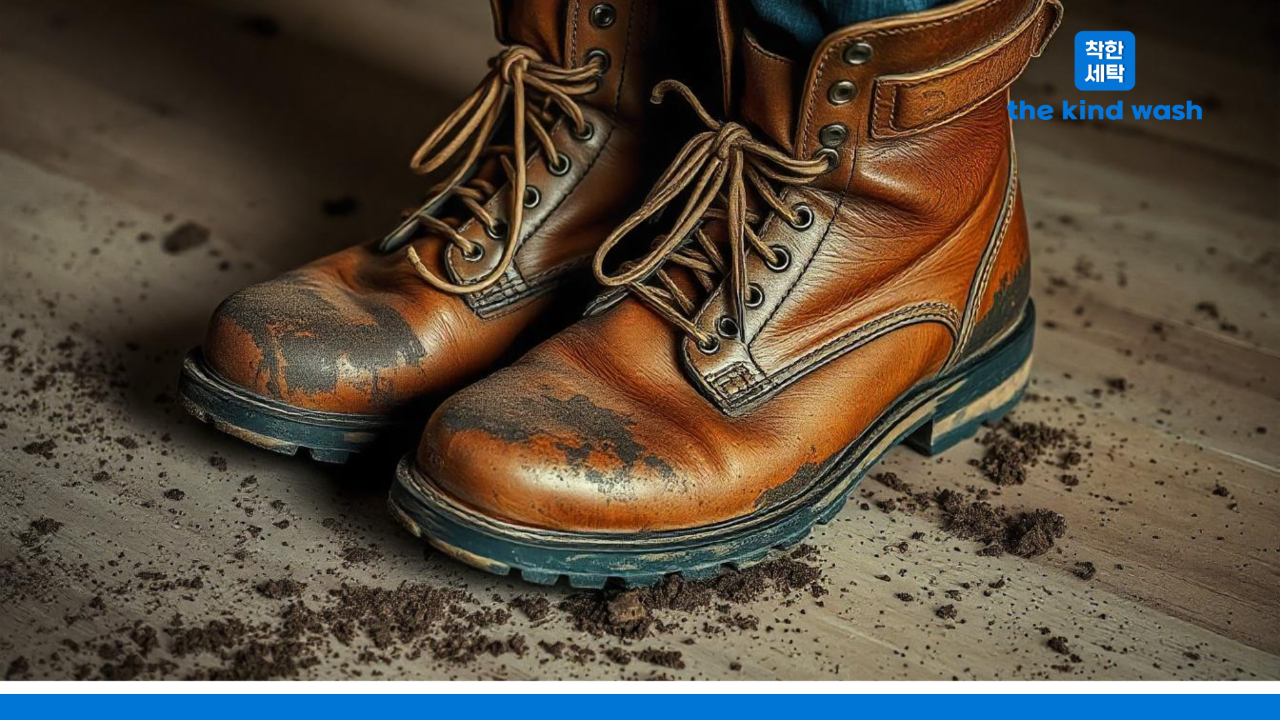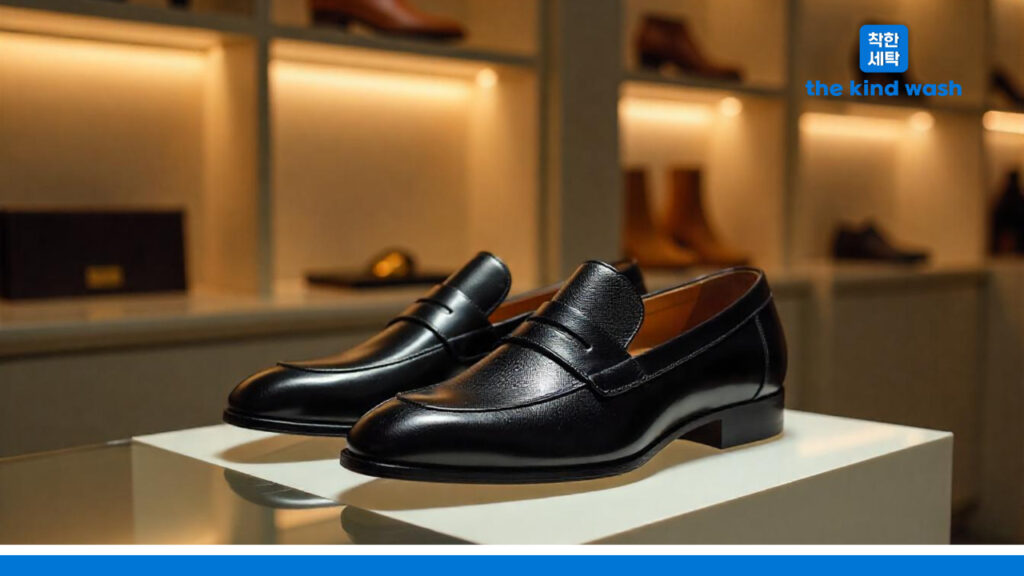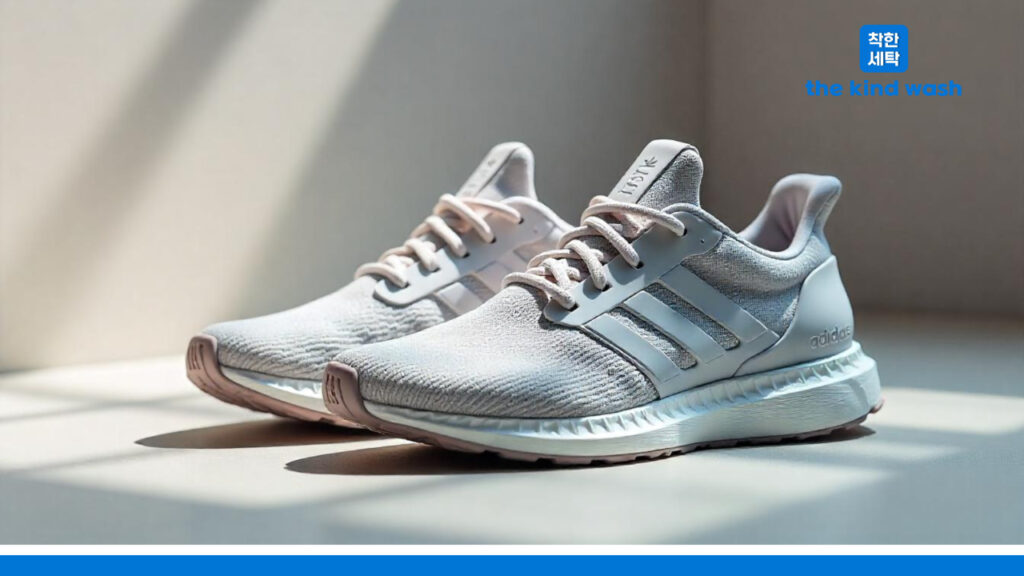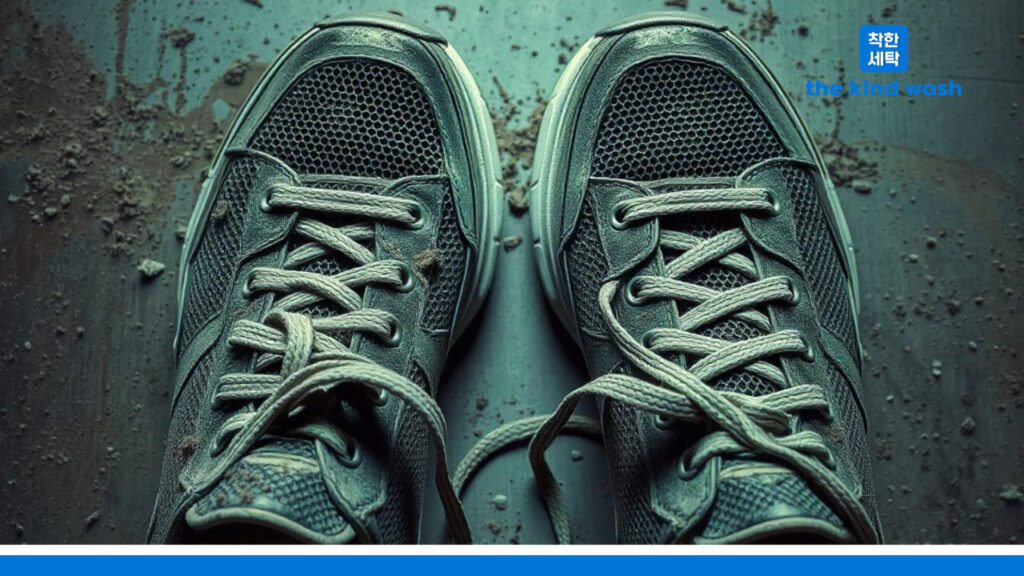Boots are among the dirtiest items a person has. They are not only muddy and dusty, but they are also full of germs and bacteria. Therefore, boot cleaning is essential. This maintenance step will help you avoid foot diseases.
Moreover, you can get other benefits if you clean or wash your boots regularly. However, no matter how clean you clean your boots yourself, the results of professional services, such as the kind wash, will clean even the smallest parts of your boots.
Boots: Best Footwear for Outdoor Activities
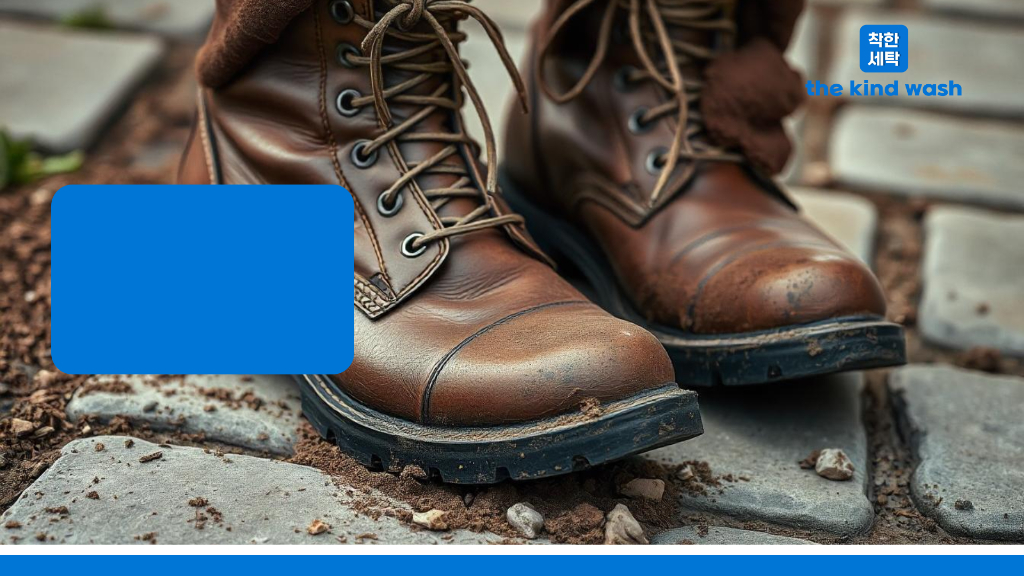
Many people prefer wearing boots to wearing shoes. They love this footwear because it provides excellent foot protection. Moreover, many boots are stylish and can boost the confidence of those wearing them. This footwear is also suitable for various terrains.
- Hiking Boots: Hiking boots are best for rugged terrains, extended trips, and heavy loads. They are comfortable. Moreover, these boots offer better protection and stability.
- Work Boots: Work boots are suitable for various terrains. They typically have a slip-resistant outsole, protective materials, and a comfortable design.
- Oxford Boots: These boots are stylish and perfect for formal occasions. Oxford boots are best for urban environments.
- Mining Boots: They are a type of work boots and are ideal for rugged terrains. In addition, these boots typically have better insulation and protective features.
- Service Boots: This boot type suits various terrains, such as steep slopes, desert sand, urban environments, and muddy trails. A service boot’s design looks like a military boot.
Common Bacteria and Germs in Boots
Since boots are exceptionally functional, people use them daily without cleaning them properly. Meanwhile, dirty environments and sweat can cause germs and bacteria to thrive on this footwear.
According to studies, around 3,000 units of bacteria live inside a boot, and over 420,000 units of bacteria grow on a boot’s surface. They will multiply to numerous units if you never conduct deep cleaning services regularly.
In most cases, those bacteria and germs can cause your boots to have foul odors. Moreover, they may cause several foot diseases. Germs outside this footwear will also spread diseases when you move from one place to another.
Below are germs that commonly grow inside and outside boots.
1. E. coli
The normal habitat of E. coli is in the intestinal tract of animals. However, research also found this bacterium outside boots.
E coli won’t cause diseases when it is in its normal habitat. However, outside, it can cause various health conditions, such as fever and diarrhea, which may last for 2 weeks. In rare cases, E. coli infection can lead to death.
2. C. difficile
Studies found that many boot soles have C. diff. It is a dangerous bacterium, particularly for the elderly. In the US, C. diff causes around 15,000 deaths per year. Those who get C. diff infection typically will suffer from symptoms of diarrhea and inflammation of the large intestine.
This infection is difficult to treat because the spores of C. diff are immune to various antibiotics, disinfectants, acid, and heat. Consequently, this bacterium can live for months in the linings of the large intestine and other digestive tracts.
However, you can avoid these conditions by washing or cleaning your boots regularly. In addition, you must not touch dirty boots. If you touch them, you must wash your hands with soapy water or apply hand sanitizer on your hands.
3. MRSA
Another bacterium that is immune to antibiotics is MRSA, or methicillin-resistant Staphylococcus aureus. This bacterium can trigger various infections, such as pneumonia, surgical site infections, skin infections, and bloodstream infections.
Those who get MRSA infections must treat their condition immediately and properly. This is because untreated infections can lead to worse circumstances. After entering the body, this bacterium may spread to blood, joints, bones, the brain, lungs, and other organs.
Those who work in healthcare facilities or have contact with them typically get more severe MRSA infections than those who don’t. Therefore, it is essential to clean your boots after visiting those facilities. Moreover, don’t forget to wash your hands after touching this footwear.
4. Streptococcus
Streptococcus sometimes also lives inside or outside boots. This bacterium is not as dangerous as the three bacteria above.
Not only on shoes, this case can also occur on strollers. A parent pushing a stroller through a crowded area might inadvertently come into contact with surfaces harboring these bacteria.
Streptococcus commonly causes impetigo and strep throat. However, some people can get severe strep infections, such as STSS and necrotizing fasciitis.
5. Serratia ficaria
Serratia ficaria living at the bottom of boots will spread to other areas whenever you move your booted feet. This bacterium can be exceptionally dangerous for people with a particular health condition.
Several diseases caused by Serratia ficaria are painful abscesses under the skin and respiratory infections. In some cases, these conditions are difficult to treat because this bacterium is multidrug-resistant.
6. Klebsiella pneumoniae
Klebsiella pneumoniae is a common bacterium living in the soil. Therefore, it is no wonder that this bacterium easily spreads to boot soles. Klebsiella pneumoniae is the cause of pneumonia, meningitis, bloodstream infections, and wound infections.
Treating Klebsiella pneumoniae infections is not easy because they can develop resistance to antibiotics. In addition, those who were already unhealthy before the infections have higher risks of suffering the fatal impact of this bacterium.
7. Salmonella
Studies found salmonella on boots after a trip to a public area, such as the park. This bacterium is the culprit of many food poisoning cases.
When one eats or drinks contaminated food or drink, they will get various symptoms, e.g., stomachache, diarrhea, and headache. Professional cleaning services can help eliminate these harmful bacteria.
8. Beta Arterivirus suid 1
Beta Arterivirus suid 1 is a virus that causes PRRSV. Naturally, this virus lives in pork processing facilities and pig farms.
However, they can spread mechanically to other areas with the help of boots. Therefore, those working in pig-related facilities must perform boots cleaning after work.
Foot Diseases Caused by Dirty Boots
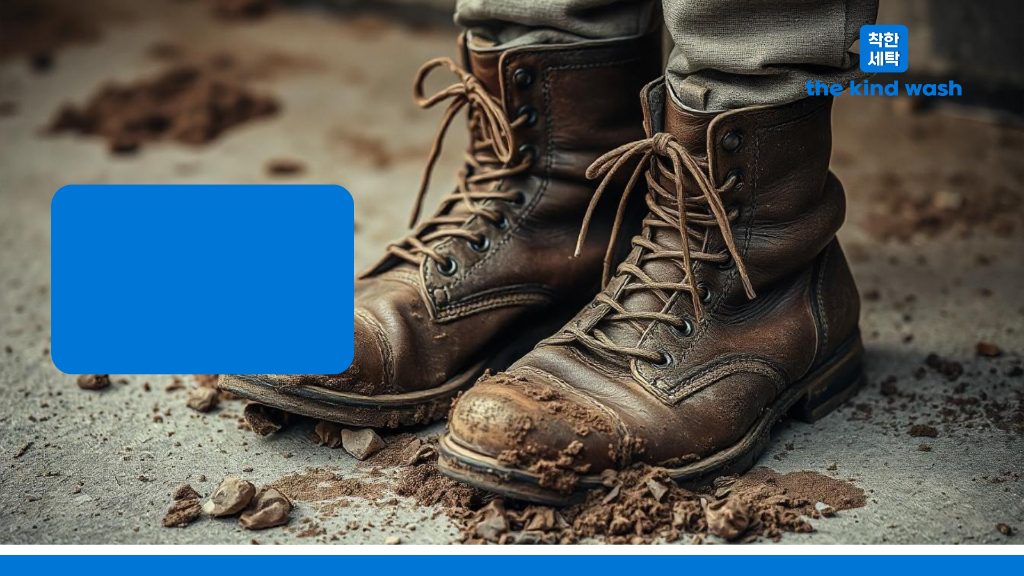
Dirty boots are not only capable of spreading bacterial and viral diseases, but they also trigger several foot diseases. Just like how sport shoes, sports shoes cleaning is essential for athletes’ foot health, proper boot maintenance is crucial for preventing various infections.
Suffering from these conditions can cause various discomforts. In addition, it can affect your productivity. Below are some foot diseases you may get from dirty boots.
1. Athlete’s Foot
Athlete’s foot is a highly contagious infection caused by various fungus types, including ringworm. This condition easily transmits through dirty footwear and contaminated floors. The athlete’s foot appears on the heels, the sides of the heels, the soles, and between the toes.
The symptoms of this infection are peeling skin, thick and scaly skin, and smelling rash. Sometimes, you can also find blisters in the affected areas. In addition, secondary infection can develop and result in skin ulcers, which are painful, swollen, and oozing.
You can treat a mild athlete’s foot using OTC antifungal cream. However, severe conditions require prescribed oral antifungal medication. Moreover, you may take six months to recover from a severe athlete’s foot.
2. Bacterial Foot Infections
Bacterial foot infections occur when bacteria in your boots enter a cut, sore, or abrasion on your foot. These infections typically show symptoms of swelling, redness, and clear pus.
Due to these infections, you may also have difficulties in walking. Sometimes, bacterial foot infections lead to fever and other systemic symptoms.
People with particular health conditions, such as diabetes, have higher risks of suffering from severe bacterial foot infections. To cure these infections, you must take antibiotic medication and dress the wound properly.
3. Pitted Keratolysis
Pitted keratolysis is a skin infection caused by bacteria, such as streptomyces, micrococcus sedentarius, and Corynebacterium. The main symptoms of this infection are pitted craters on the soles, foul odor, and itchiness.
In some people, pitted keratolysis also causes painful and burning feelings. Those who have more risk of suffering from pitted keratolysis are people with sweaty feet.
People with pitted keratolysis symptoms need topical antibiotics to treat the infection. In addition, they can prevent this infection by wearing breathable boots and conducting regular boots cleaning.
4. Erythrasma
Erythrasma is a bacterial infection in skin folds, including between the toes. Corynebacterium minutissimum is commonly the cause of this infection. The symptoms of erythrasma are almost similar to those of an athlete’s foot.
They are pinkish patches that turn to brown and scaly ones, with mild itching and a mild burning feeling. Moreover, erythrasma treatment includes oral antibiotics and topical fusidic acid cream. You can also prevent this condition by maintaining your foot and footwear hygiene.
Boots Cleaning: Tips for Maintaining Your Boots
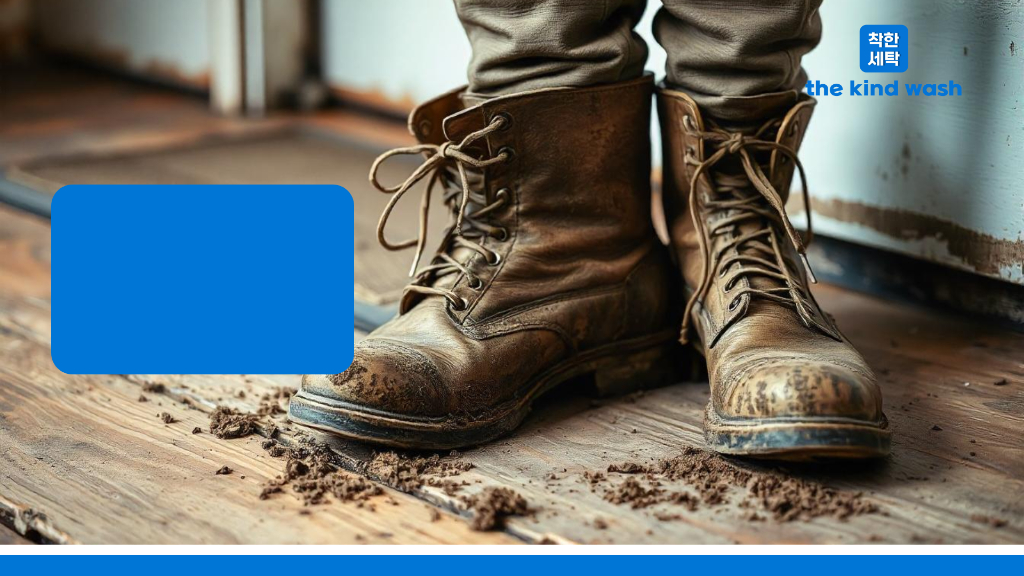
Maintaining the hygiene of your footwear, including boots, will not only prevent you from suffering fungal and bacterial foot infections. Much like how proper laundry care extends the life of your garments, boot cleaning can also extend the durability of this footwear, maintain their comfort, and enhance their performance.
Below are several tips on how to maintain the cleanliness of your boots.
1. Remove Dirt After Usage
The easiest way to maintain the cleanliness of your boots is to remove the dirt on their surface after wearing them. Dirt is the source of many hygiene problems in boots. It may contain germs that can cause various infections.
In addition, dirt can produce stains and damage the boots. Therefore, you must not let dirt linger on your boots. You can remove the dirt by shaking or knocking your footwear a few times. This method can prevent the dirt from scratching the surface.
Moreover, you may need a dry cloth to remove the dirt that won’t come off with a few shakes. You must be careful when wiping the boots with this cloth so it will not scratch their surface.
2. Wash Your Boots Every Few Weeks
Washing the footwear every few weeks is an essential boot cleaning routine. Washing them will effectively remove the germs from their inner and outer parts.
However, you must use the right cleaning services for boot cleaning, like the kind wash. products and methods to clean your boots. With its experience and trained team. You don’t need to worry about the quality of washing by the kind wash.
3. Dry Your Boots Properly When They Are Wet
Rain, snow, and wet working sites can dampen your boots. On the other hand, wet boots are not good for your health. They can trigger germ growth and foul odors. As a result, these boots can cause you or people around you to suffer from varied infections.
Therefore, it is essential to dry your boots properly when they are wet. You had better use a boot dryer to dry the footwear. Before drying the wet boots, please remove the dirt first.
4. Apply Protective Products
Boot-Boot-protective products, such as conditioners and water-repellent sprays, can make your footwear last longer. These products will prevent your boots from absorbing moisture from the surroundings.
In addition, they can discourage the forming of stains on the boot surface. Using leather-specific cleaning products, like you would for leather shoes, can also preserve the texture and shine of leather boots while reducing the risk of damage.
Protective products can lower your risks of suffering from foot odors and bacterial or fungal foot infections, ensuring your boots remain hygienic and comfortable to wear.
Risks of Washing Boots Unprofessionally
Washing boots seems like an easy task for some people. However, it can be risky for your footwear if you are not careful when washing it.
This is because boot materials require special care. Too much water or soap can damage your boots. Below are several risks of washing boots yourself.
1. Discoloration
Water and chemicals in the soap can cause the boot’s surface to discolor. As a result, your footwear may lose its beauty if you wash it with too much water and strong soap.
To maintain the original color and finish, consider using professional shoe cleaning services that are designed to protect delicate materials.
2. Stains
Just like with brand shoes cleaning for your branded shoes, improper care of boots can lead to permanent damage. Aside from losing its original color, unprofessional boot cleaning can cause stains on the boot’s surface.
Sometimes, stains on boots are hard to remove. Consequently, they can make your footwear unattractive.
3. Deformation
Using too much water when washing boots can cause them to lose shape. In some cases, this boot-washing mistake doesn’t only result in deformation but also affects the boots’ size. These conditions will create discomfort and an unattractive look.
4. The Glue Comes Off
Washing boots unprofessionally may also cause the glue to come off. Due to this circumstance, the soles of your boots may become loose. In addition, this damage will shorten the lifespan of your footwear.
Benefits of Using Professional Boots Cleaning Service
Due to the risks above, boot owners must consider using a professional boot cleaning service to maintain the cleanliness of their footwear. The professional boot washing service, the kind wash, is a better option than washing boots on your own because this service has the following qualities.
1. Capable of Washing Any Types of Boots
Just as with bag cleaning services that handle different materials and designs, a professional boot washing service can deep clean any type of boots because it has proficient and well-trained staff in this field. the kind wash knows how to clean leather, suede, and synthetic boots properly.
In addition, the kind wash staff has experience in washing various terrain boots, such as work boots, hiking boots, and winter boots. Therefore, you can use the kind wash service to clean any boots you have.
2. Effective Removing Dirt and Germs
Aside from hiring highly experienced and trained professionals, the kind wash service also has advanced devices for cleaning and washing boots. Moreover, its boot-washing staff only use mild, top-quality soap to wash this footwear.
Therefore, the kind wash can remove dirt and germs effectively without damaging the boots. the kind wash also can perform this task efficiently. Consequently, you don’t need to wait long to get your footwear back.
3. Extend the Boots’ Lifespan
A professional boot-washing service can extend the lifespan of your boots. The cleaning methods done by the kind wash staff of this service can remove any lingering dirt that can shorten the lifespan of this footwear.
In addition, the kind wash will dry the boots until there is no moisture left. A pair of perfectly dry boots will have better chances to last long. This condition also prevents germs from growing. Therefore, you will have less risk of suffering from bacterial and fungal foot infections.
Furthermore, the kind wash service can restore the beauty of your boots. The devices and cleaning products used in a professional boot-washing service by the kind wash will remove any stains on your boots’ surface and bring back their shine and color.
4. Eco-Friendly
A professional boots cleaning service, the kind wash, conducts eco-friendly boot washing because they use advanced devices. These devices consume less water and electricity.
In addition, the soap used for washing the boots has a mild formula. Therefore, this soap will not harm the environment. Moreover, using the kind wash service helps you maximize the boot’s lifespan. Consequently, you don’t need to buy new boots often.
As we all know, purchasing new boots frequently can increase your carbon footprint. Moreover, it causes more waste.
On the other hand, boot washing and maintenance can minimize the environmental impact of boot production and waste. For a fully sustainable cleaning experience, you can also consider deep cleaning services by the kind wash.
If you’re a parent, they also offer stroller cleaning services to ensure your little one’s ride stays spotless and hygienic.
5. Pick-Up and Delivery Service
You don’t need to visit the boot-washing office to get your boots cleaned. the kind wash providing the service typically offers pick-up and delivery services.
Therefore, you only need to contact the kind wash to make a schedule, and the boot-washing staff will pick up your boots. After they are clean and ready to use, the kind wash staff will deliver them to your address.
the kind wash services are exceptionally convenient for those of you who don’t have much time to visit the boot-washing office. Therefore, you can save time and do other important activities thanks to these services.
More on Germ Prevention
Aside from deep cleaning your boots regularly, you must do other things to prevent the germs inside or outside the footwear from spreading. By stopping the germ transfer, you can protect others from dangerous infections.
How to stop your boots from spreading germs?
One effective way to avoid spreading germs is by washing your boots regularly with the help of professionals, namely the kind wash. Not just shoes; if you also own baby gear, their pram wash service can ensure your child’s items are kept hygienic while reducing the spread of germs.
1. Use Shoe Covers
Most bacteria found on the boots will spread to the uncontaminated floor when ones from outdoors enter their offices or homes. People can wear shoe covers over their boots when entering their offices, homes, or other buildings.
Therefore, the soles of their boots do not make any direct contact with the floor.
Wearing shoe covers does not only prevent germs from spreading. This practice also offers other benefits.
- Reduce Floor Cleaning Time: Shoe covers can prevent dirt on your boots from contaminating the floor. Therefore, the floor stays clean. Therefore, it doesn’t take too much time to clean the floor.
- Boot Protection: Some working areas, such as medical facilities, can ruin your boots. When working in these areas, your footwear may catch the spills of unwanted liquid, e.g., blood and secretion. However, your boots will not catch them if you wear shoe covers.
- Prevent Germ Transfer to Your Boots: Floors, especially those in medical facilities, are also full of germs. Therefore, germs on this floor can spread to your boots. However, you can prevent this transfer by wearing shoe covers.
2. Taking off Your Boots at the Door
If there are no shoe covers available, you can take off your boots at the door. Consequently, the germs on your footwear won’t transfer to the floor. However, you may need to prepare some slippers near the door. Consequently, you can walk around the home comfortably.
3. Mop the Floor Regularly
Vacuuming or sweeping the floor is not enough to remove germs from the floor. You must also mop the floor regularly. Mopping the floor can effectively remove dirt, toxins, and germs without sending them airborne. However, you must ensure the mopping method you use is correct.
Boots are the home of thousands of bacteria and germs. Therefore, you must wash them properly to prevent foot diseases and other infections.
However, you must be careful when washing them so they won’t be damaged.
To avoid damage, you can hire the kind wash for a professional boots cleaning service. Not only shoes, the kind wash also provides baby gear washing services, such as baby car seat, baby carriers, prams, and others.
F.A.Q
Why is germ prevention on boots important in everyday life?
Germ prevention on boots is crucial because boots can harbor around 3,000 bacteria units inside and over 420,000 units on their surface. Regular boot cleaning helps prevent the growth of harmful bacteria like E. coli, C. difficile, and MRSA, which can lead to various infections and diseases.
What foot diseases can develop from wearing dirty boots?
- Athlete’s foot (a fungal infection causing peeling skin and rash)
- Bacterial foot infections (causing swelling and clear puss)
- Pitted keratolysis (creating pitted craters on soles with foul odor)
- Erythrasma (bacterial infection causing pinkish patches between toes)
How often should boots be cleaned to prevent germ growth?
Boots should be cleaned at different intervals: dirt should be removed after each use, and a thorough washing should be done every few weeks. Additionally, boots should be dried properly when wet and treated with protective products.
What are the most effective ways to prevent boots from spreading germs?
- Using shoe covers when entering buildings
- Taking off boots at the door
- Regular mopping of floors with appropriate cleaning solutions
- Using professional boot cleaning services, the kind wash, for deep cleaning
- Maintaining regular boot maintenance and cleaning routines

